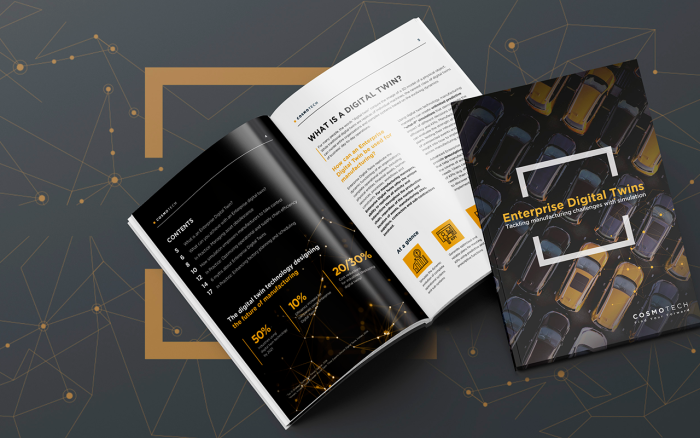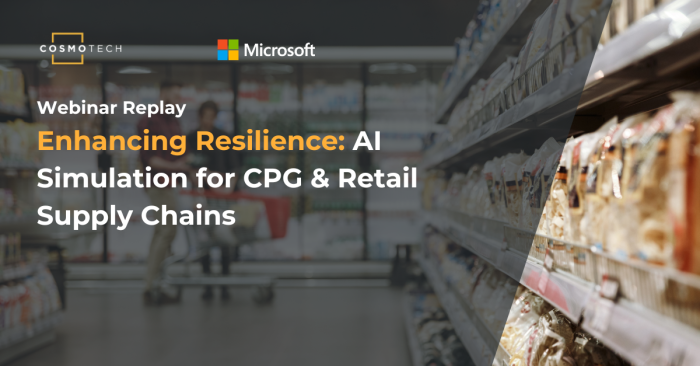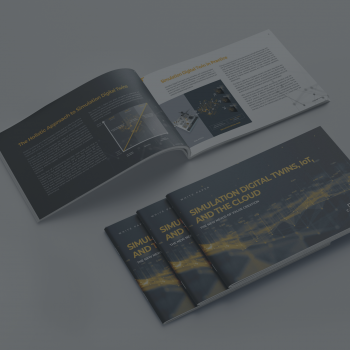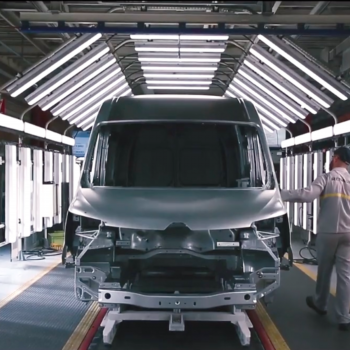In nearly 20 years, the digital twin has gone from a real-time modeling tool to a lever for the strategic management of networks and supply chains. Here’s a deep dive into the concept of Simulation Digital Twins, or the scenarization of possible futures for Industry 4.0.
In the industry, this is all anyone is talking about: the digital twin (DT), a digital replica of a company’s assets or processes.“Initially, it was a physical object, like an airplane engine, on which you put sensors,” explains Michel Morvan, Co-founder and Executive Chairman at Cosmo Tech, a software editor specialized in 360° Simulation Digital Twins. “Which provided a real-time replica that depicted the state of that engine while the plane was flying.”
That’s all there is to the basic concept. Since then, digital twins have evolved a lot, the Executive Chairman unravels. “You can now do all of that with a set of objects like the plane, the cabin, etc. Above all, you can replicate an entire system, such as a large electrical network or a supply chain, in which you include not only the physical objects but also the processes, the people who work on these objects and all the interactions that there may be with these assets.”
Add simulation to the mix and you get a digital twin which is “capable of predicting what would happen if such and such action are taken”. Indeed, “the Simulation Digital Twin integrates all the interactions of the different parts,” continues Michel Morvan. “This allows you to know the current state of the system but also to simulate and make projections over time. By taking into account, for example, the aging of assets, employee retirement, etc., you can test different hypotheses. “In short,” asserts Morvan, “you gain visibility.”





![[Video] Traditional vs Resilient Supply Chain Planning: Which side are you on?](jpg/adobestock_101964830-350x350.jpg)

